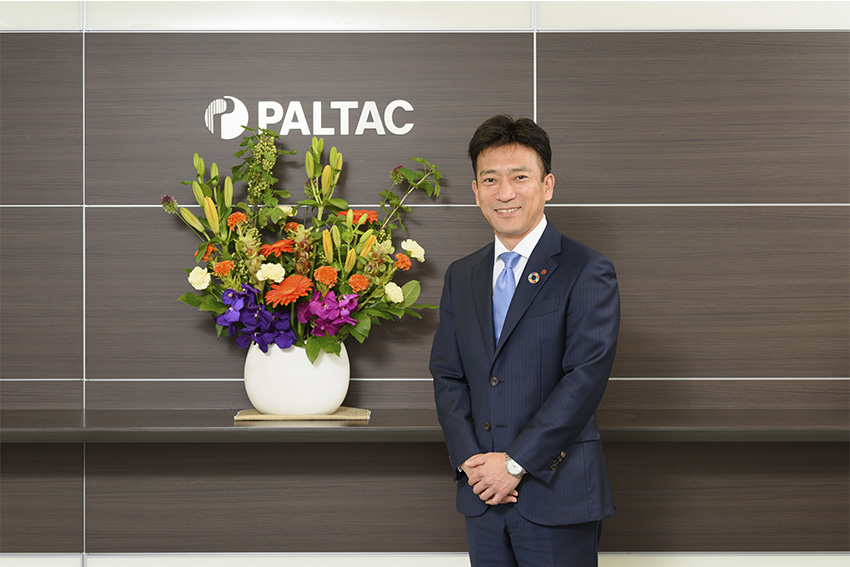J-Beauty brands have long competed with Western and Korean brands, yet much of the innovation in beauty products worldwide is rooted in Japan. Many active ingredients used by large international brands trace their origins back to Japan’s esteemed ODM (Original Design Manufacturer) producers. Recently, there’s been a noticeable shift in consumer preference toward Japan’s “less is more” approach, focusing on high-value products with fewer, more effective ingredients. But what truly sets J-Beauty apart, and how does it hold up against its regional competitors?
The Advantage of J-Beauty: Monozukuri Philosophy
One of the key strengths of J-Beauty lies in the Japanese philosophy of monozukuri, which translates to the “art of making things.” This principle emphasizes the pursuit of perfection in every aspect of production. It’s not just about refining the ingredients but also ensuring the quality and functionality of the packaging. For example, Japanese manufacturers are known for their attention to detail in designing packaging that is convenient and easy to use, from the ease of opening a lid to how well it preserves the product inside. This meticulous craftsmanship is deeply rooted in Japanese tradition and distinguishes J-Beauty on the global stage.
Competition and Marketing: Japan vs. Korea
In Japan, imported cosmetics have historically been dominated by French brands, but recently, Korean brands have risen to prominence. While Korean products are well-designed and effective, their success can largely be attributed to their marketing strategies. Korean brands, like K-pop artists, excel at reaching a global audience, leveraging modern digital channels to engage with consumers worldwide. By contrast, many Japanese companies have traditionally focused on their domestic market. To compete more effectively, Japanese brands must adopt a global marketing approach. The products themselves aren’t inferior, but a stronger international presence is key.
Market Evolution: Gen Z and Natural Ingredients
The cosmetics industry is expected to experience substantial growth, driven by Gen Z’s embrace of social media and the increasing demand for natural and organic ingredients. The market, valued at USD 10.5 billion in 2021, is projected to grow to USD 21.1 billion by 2030. In Japan, where an aging population fuels the need for anti-aging products, the industry is responding with a wave of innovations aimed at addressing skincare concerns like wrinkles and dark spots. Notably, there is growing demand for cosmetics among men, signaling a shift in consumer behavior that brands must continue to address.
Adapting to an Aging Population
Japan’s demographic changes present both challenges and opportunities. As the population ages and the labor force shrinks, cosmetics companies must innovate to serve this older demographic. While the domestic market contracts, companies are increasingly targeting untapped segments, such as male consumers. By focusing on digital marketing and collaborating with manufacturers, Japanese distributors are adapting their strategies to reach a broader audience, particularly through social media.
The Future of Distribution: Digitalization and Collaboration
As e-commerce and digital communication channels grow, the role of wholesalers and distributors is evolving. Companies like PALTAC, a leading wholesale distributor in Japan, are focusing on optimizing logistics and developing digital solutions to streamline the supply chain. By digitally connecting all parties—retailers, makers, and wholesalers—PALTAC aims to resolve issues such as inventory shortages or surpluses, ultimately enhancing efficiency across the supply chain. The future lies in creating seamless connections between all stakeholders, and wholesalers are uniquely positioned to lead this transformation.
Conclusion: Innovating for Growth
Japanese beauty brands have a rich tradition of craftsmanship and innovation, but to remain competitive, they must adopt more aggressive global marketing strategies. As consumer preferences evolve toward natural ingredients and social media-driven purchasing, companies need to innovate both in product development and distribution to capture new markets. By combining their strength in quality with enhanced digital outreach, J-Beauty can solidify its place as a global leader.







